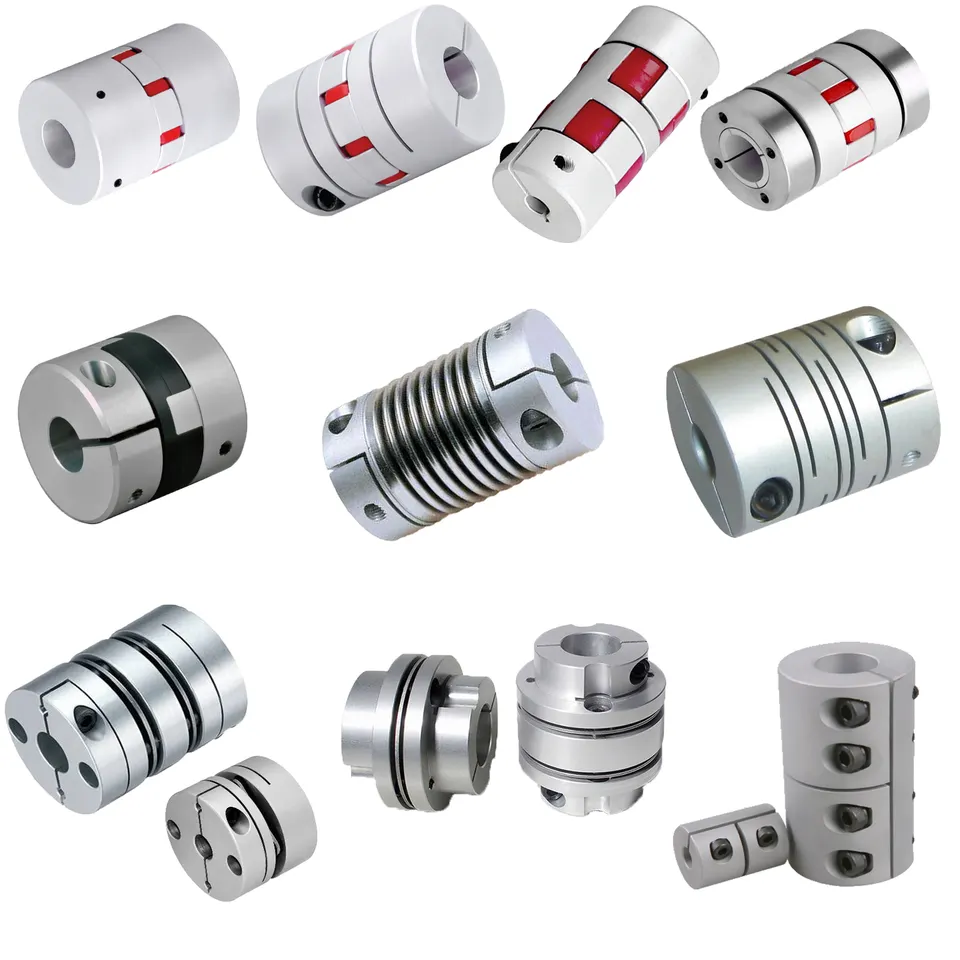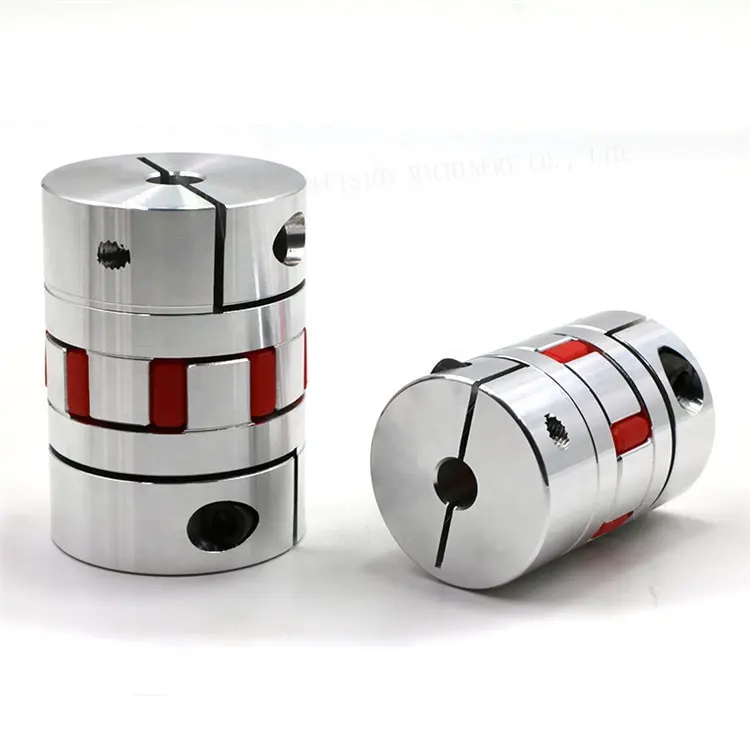Product Description
Car Industry
LTR is an expert in manufacturing all kinds of components for the automotive and motorcycle industry. We are IATF16949:2016 certified in order to fully satisfy the requirements of this industry.
Our production includes O rings, gaskets, seals, grommets, bellows, shock absorbers, dampers, cushions, sleeves, isolators, couplings, bushings, boots, covers, bumpers, pipes, hoses, tubes and many other pieces which are mainly manufactured in ACM, AEM, BR, CR, ECO, EPDM, FKM, FVMQ, HNBR, NBR, NR, SBR, SIR to meet the physical properties specified by ASTM D2000 and SAE J200 documents.
Products above are only examples to show Shun Tai Rubber's core competences. All our rubber components are customised and made to order only. No standard product or catalogue is available.
Technical data
| Compound: Colour: | ||||||||||||||||||
| Base Polymer: Specification: | ||||||||||||||||||
| MAIN SPECIFICATION |
MEASURE UNITS |
REQUIRED VALUE | TESTED VALUE | TEST METHOD | ||||||||||||||
| HARDNESS | Sh-A | 70+/-5 | 69 | ASTM D2240 | ||||||||||||||
| SPECIFIC GRAVITY | g/mm^3 | \ | 1.176 | |||||||||||||||
| TENSILE STRENGTH |
Mpa | \ | 8.62 | ASTM D412 | ||||||||||||||
| ELONGATION | % | \ | 628.11 | ASTM D412 | ||||||||||||||
| Tear Strength | kg/cm | \ | 27.38 | ASTM D624 | ||||||||||||||
| SPECIFICATION CHANGE | ||||||||||||||||||
| TEST MEANS |
TIME h |
TEMP ºC |
HARDNESS | TENSILE STRENGTH |
ELONG.AT BREAK |
VOLUME | WEIGHT | |||||||||||
| required test | required test | |||||||||||||||||
| △ SHORE A | % | % | △% | △% | ||||||||||||||
Products above are only examples to show Shui Tai Rubber's core competences. All our rubber components are customized and made to order only.No standard product or catalogue is available.
Company Profile
We are a specialized rubber parts manufacturer with over 30 years of manufacturing experience. Our company mainly produces rubber parts for medical appliances, household appliances, electronic products, automobiles and toys.
Covering an area of 3500 square meters, we own over 200 staff and workers and our monthly production output reaches 30 tons.We have always stuck to the quality policy that customer is No.1 and quality comes first with scientific management, continuous improvement and sustained operation.
We insist in providing our clients with perfect products and best services. The products we produced can work in different areas and climates according to your specific requirements. We believe with stable and sincere cooperation and continuous improvement, our customers will enjoy the best service as stable supply, quality assurance and on-time delivery.
Products & Application
Production Flow Chart
Manufacturing Capabilities&Quality Control
FAQ
Q: Are you trading company or manufacturer ?
A: We are manufacturer.
Q: How long is your delivery time?
A: Generally 3-7 days for standard sealing products; and 15-30 days for big order and custom non-standard products.
Q: Do you provide free samples?
A: Yes, we offer free sample while customer need pay for the freight charge.
Q: Which Payment way is workable?
A: Irrevocable L/C, Cash, PayPal, Credit card and T/T money transfers.
B: 30% T/T deposit in advance, 70% balance before shipment after presentation of ready cargo.
C: L/C ( Irrevocable LC at sight: Order amount over USD100,000)
Q: What is your standard packing?
A: All the goods will be packed by carton box and loaded with pallets. Special packing method can be accepted when needed.
Q: How to select the raw compound for my application?
A: With years of experience working with a variety of material, we can help select the material that will best suit your needs while keeping material costs in mind.
Q: Do you use any international standards for the rubber products?
A: Yes, we mainly use ASTM D2000 standard to define the quality of the rubber materials, tolerances as per ISO3302, ISO2768, etc.
Q: Can you supply different color materials?
A: Yes, we can produce custom CHINAMFG and silicone rubber products in different colors, the color code will be required in case of an order.
Q: What materials are available to produce from your side?
A: NBR, EPDM, SILICONE, (FKM), NEOPRENE(CR), NR, IIR, SBR, ACM, AEM, Fluorosilicone(FVMQ), FFKM, Liquid Silicone, Sponge, etc.
/* January 22, 2571 19:08:37 */!function(){function s(e,r){var a,o={};try{e&&e.split(",").forEach(function(e,t){e&&(a=e.match(/(.*?):(.*)$/))&&1

Using Jaw Couplings in Precision Motion Control Systems
Jaw couplings are versatile mechanical couplings commonly used in various industrial applications for transmitting torque between two shafts. While they offer many benefits such as simplicity, cost-effectiveness, and ease of installation, they may not be the best choice for precision motion control systems that require extremely accurate and repeatable positioning. The following factors should be considered when using jaw couplings in precision motion control systems:
- Backlash: Jaw couplings typically have some degree of backlash due to the clearance between the jaws and the spacers. This can introduce positional errors and limit the ability to achieve precise movements, especially in systems that require bidirectional positioning.
- Angular and Parallel Misalignment: While jaw couplings can accommodate some degree of misalignment, precision motion control systems often require tight tolerances and minimal misalignment to achieve accurate positioning. In such cases, more rigid and flexible couplings, such as servo couplings or beam couplings, may be preferred.
- Torsional Stiffness: In precision motion control, minimizing torsional wind-up and maintaining torsional stiffness is essential for precise and responsive movements. Jaw couplings may not provide the required level of torsional stiffness needed for high-performance motion control applications.
- Resonance and Vibration: In precision motion systems, avoiding resonance and minimizing vibration is crucial for stability and accuracy. The damping characteristics of jaw couplings may not be sufficient to suppress vibrations and resonant frequencies, which can adversely affect performance.
While jaw couplings are widely used in general industrial applications, precision motion control systems often demand more specialized and precise coupling solutions. Some alternatives that are better suited for precision motion control applications include servo couplings, beam couplings, and disc couplings. These couplings offer higher torsional stiffness, lower backlash, and better overall performance for demanding motion control requirements.
When selecting a coupling for precision motion control, it is essential to consider the specific requirements of the application, including torque, speed, misalignment, and stiffness, to ensure the chosen coupling can meet the precision and performance demands of the system.

What are the common signs of wear and failure in jaw couplings?
Jaw couplings are reliable components, but like any mechanical part, they can experience wear and eventually fail if not properly maintained or replaced when necessary. Here are some common signs of wear and failure to look out for in jaw couplings:
- Excessive Vibration: Increased vibration during operation may indicate wear in the elastomer spider or misalignment between the coupling hubs. Excessive vibration can lead to further damage and should be addressed promptly to prevent more significant issues.
- Abnormal Noise: Unusual noises, such as rattling, clanking, or squeaking sounds, can indicate wear, misalignment, or damage in the jaw coupling. A well-functioning jaw coupling should operate smoothly and quietly.
- Visible Cracks or Damage: Inspect the jaw coupling regularly for any visible cracks, tears, or damage to the elastomer spider or coupling hubs. Cracks in the elastomer can lead to reduced torque transmission and compromise the coupling's performance.
- Loose or Displaced Spider: A loose or displaced elastomer spider may result from wear or improper installation. The spider should fit securely between the coupling hubs. Any sign of misalignment or gaps in the spider indicates potential wear or failure.
- Increased Heat: Excessive heat generation in the jaw coupling could indicate high levels of friction or misalignment, leading to wear on the elastomer spider. Elevated temperatures can accelerate wear and shorten the coupling's lifespan.
- Shaft Misalignment: If you notice misalignment between the connected shafts, it can be a sign that the jaw coupling is no longer compensating for misalignment properly. This can lead to increased stress on the shafts and coupling components.
- Reduced Performance: A jaw coupling nearing the end of its service life may experience reduced torque transmission and compromised rotational speed control. As the elastomer spider wears, the coupling's ability to transmit torque efficiently diminishes.
- Unexpected Downtime: Frequent unexpected shutdowns or downtime may indicate coupling failure. Sudden coupling failure can lead to costly equipment damage and unplanned production halts.
It is essential to conduct regular maintenance and inspections to detect these signs of wear and failure early. Preventive measures such as proper lubrication, alignment checks, and timely replacement of worn elastomer spiders can extend the life of the jaw coupling and prevent unexpected failures.
If any of these signs are observed, it is advisable to consult coupling manufacturers or maintenance professionals for a thorough assessment and appropriate corrective actions.

Use of Jaw Couplings in Horizontal and Vertical Shaft Arrangements
Jaw couplings are versatile and can be used in both horizontal and vertical shaft arrangements. Their flexible and misalignment-absorbing design makes them suitable for various applications in different orientations.
Horizontal Shaft Arrangements: In horizontal shaft arrangements, the shafts are positioned parallel to the ground. Jaw couplings are commonly employed in this configuration to connect two shafts, such as those found in motor-driven systems, conveyor belts, and pumps.
Vertical Shaft Arrangements: In vertical shaft arrangements, the shafts are positioned perpendicular to the ground, one above the other. Jaw couplings can also be used in this setup to transmit power between the two vertically aligned shafts. Examples of applications with vertical shaft arrangements include some types of gearboxes, vertical pumps, and certain types of compressors.
It's important to note that when using jaw couplings in vertical shaft arrangements, the weight of the connected equipment can impose axial loads on the coupling. In such cases, the coupling should be selected to handle both the radial and axial loads to ensure reliable performance.
Whether in horizontal or vertical arrangements, jaw couplings provide a cost-effective and efficient method of power transmission while accommodating misalignment and reducing shock loads. However, it is essential to consider the specific application's requirements and select the appropriate size and type of jaw coupling for optimal performance and longevity.


editor by CX 2024-03-27
